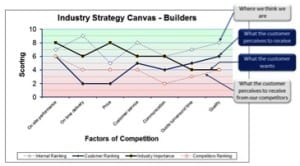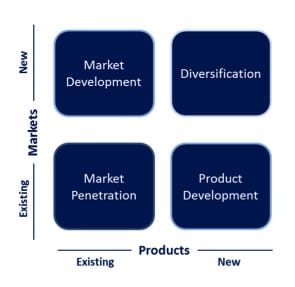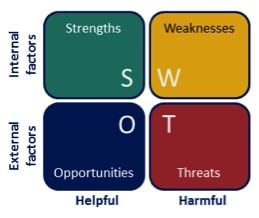Plan Your Way to Business Success
Why plan at all?
Almost anything we do will be more successful if we have thought about the outcome we want to achieve before we start. The old axiom that any road will do if we don’t know where we are going is true. However, if we do know where we would like to go, it is best to have an idea about which road to take. Assuming that one of your goals is to be successful, it would make sense to choose a road that will lead to success.
What is involved?
Any planning process has three elements to it:
- Where are we now?
- Where do we want to be?
- How are we going to get there?
The most difficult part of the planning process for many people is to be able to clearly articulate where they would like to be. From a business perspective it often calls for a change of mindset away from “where is the business going to take us” to “what do we need to do to the business to take us where we would like to be”. Part of that mindset change is to then believe that it is possible to achieve. It usually also means that we cannot keep all our options open and hope for the best – we need to choose a direction and then make it happen.
Once we have chosen the destination, it is a relatively straight forward process to clearly define where we currently are and then work out what we need to do to get to where we want to go.
Strategic Plans and Business Plans – what is the difference?
A Strategic Plan provides an overall view of where we would like to be in the future – the Vision; and what business we are actually in – the Mission. It also defines the operational philosophy – the Values; and sets the high level goals. It will then set high level strategic objectives for each of the key functional areas: marketing, operations, human resources and financial resources. This is sometimes called the strategic intent.
The Business Plan takes the strategic objectives and defines the detailed strategies and actions required to achieve them. It is effectively a list of things to do. It can also be changed if circumstances change. Our overall destination or strategic intent doesn’t change, but we can detour via the business plan if we need to.
How do we do it?
The planning process can appear daunting, but it doesn’t need to be. Like most things it is easier if you have done it before and if you have the right tools. Engage a business planning expert in the process to lead you through it. There is also added value to be gained from having an objective outsider (a business consultant) involved in the process who is not emotionally attached to any of the existing sacred cows in your business.
Success in business is rarely achieved by accident. It usually involves careful planning backed up by skilful execution. It was Benjamin Franklin who said, “If you fail to prepare, you are prepared to fail”, which is another way of saying that you can plan your way to business success.



